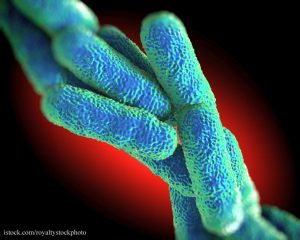The New York City Health Department has released information about the details of their investigation into the deadly Legionnaires’ Disease outbreak in the South Bronx. That outbreak has sickened 124 people and killed 12 this summer.
 Most of the Legionnaires’ Disease outbreaks that have occurred in the past have been linked to large buildings. Scientists believe that those buildings have more complex cooling and HVAC systems, which allow the bacteria to grow and spread.
Most of the Legionnaires’ Disease outbreaks that have occurred in the past have been linked to large buildings. Scientists believe that those buildings have more complex cooling and HVAC systems, which allow the bacteria to grow and spread.
The source of the outbreak was the cooling towers at the Opera House Hotel. Epidemiologic and environmental investigations found the outbreak strain of the bacteria at that site. The report states that “inadequate maintenance and inadequate levels of biocide may have contributed” to the outbreak. All cooling towers in the affected area have been disinfected, and public health inspectors are looking at all cooling towers across NYC to see if they need attention.
Laboratories used three methods – pulsed field gel electrophoresis (PFGE), sequenced based typing (SBT) and whole genome sequencing (WGS) to uncover the genetic fingerprint of the outbreak strain. Water was sampled from the cooling towers and tested, and bacteria isolates were collected from patients. All of the patient samples tested positive for the Legionella strain found in the Opera House Hotel’s cooling tower.
The type of Legionella bacteria found in the cooling tower was Legionella pneumophila serogroup 1 (Lp1). First, a rapid PCR test was used to determine if Lp1 was present in the water. The water samples were cultured to grow the battery. Then Lp1 isolates were “DNA fingerprinted” using PFGE, SBT and WGS.
No new illnesses related to this outbreak have been reported since August 3, 2015. That means the outbreak is most likely over, since that time period is longer than the typical 2-week incubation period of Legionnaires’ Disease.
The symptoms of Legionnaires’ Disease include cough, which may bring up mucus or blood, shortness of breath, headache, muscle pain, chills, and a high fever. Other symptoms may include nausea, vomiting, diarrhea, chest pain, and confusion. If you have experienced those symptoms and live in the South Bronx, please see your doctor immediately.
This illness is treatable with antibiotics, but earlier treatment yields better results. For those who are at high risk for complications, such as people with chronic lung diseases and those with compromised immune systems, prompt treatment is critical.




